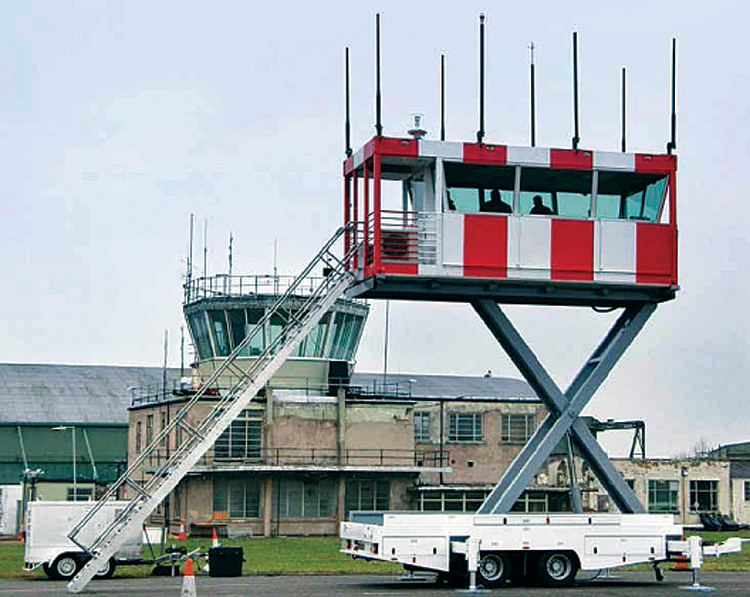Technology Upgrade for Sustainable RCS
In order to make sure that the airports under Airports Authority of India can accommodate the Regional Connectivity Scheme (RCS), mobile Air Traffic Control towers are set to be purchased to meet the infrastructure requirements for RCS
As the Ministry of Civil Aviation connects more cities through air routes under the Regional Connectivity Scheme (RCS) of the Government of India, one of the biggest challenges for Airports Authority of India (AAI) is to provide infrastructure at these airports for safe, efficient and economical Air Navigation Services (ANS). One of the basic infrastructure requirements for providing at any operational airports is Air Traffic Control (ATC) tower installed with the Communication, Navigation, Surveillance/Air Traffic Management (CNS/ATM) systems as per the operational requirement of the airport. The RCS airports are required to be made operational in a time bound manner. There are many airports under RCS scheme where there is no ATC tower available. Construction of new ATC tower infrastructure would have led to increase in cost, defeating the purpose of RCS, which aims to provide flight services at low price.
Therefore to meet the requirement of ATC tower along with the CNS/ATM Systems and other ancillary facilities, AAI, instead of constructing new ATC tower at every airport, is set to procure mobile ATC towers to manage flight operations at different airports. The process of procuring these mobile towers is already underway for seven ATC mobile towers.

Instead of constructing new ATC tower at every airport, AAI is set to procure mobile ATC towers
Generally, there are three kinds of mobile ATC towers available: vehicle mounted, trailer mounted, and container mounted. Vehicle mounted mobile ATC towers are generally used by defence forces and container mounted ones are more suitable to meet the requirement of one airport. To meet operational requirement of RCS airports, AAI is procuring trailer mounted towers. These towers can be easily shifted from one airport to other by a suitable vehicle. They can also be used to provide Air Traffic Services (ATS) in emergency and contingency conditions at small and medium airports.
The trailer mounted mobile ATC tower consists of three main mechanical components: trailer, lifting device and mobile tower cabin. Trailer mounted mobile tower is fitted with hydraulically operated lifts, enabling the tower cabin to rise up to a height of not less than eight metres from ground level to roof-top of tower. It provides a 360 degree view for the controllers who can perform all visual air traffic service and control functions. The tower is capable of supporting two to three controller positions.
The tower will be equipped with a number of features, including CNS/ATM facilities, meteorological sensors and display system (Automatic Weather Observation System [AWOS]) with meteorological data display, crash alarm system, electrical system with trailer mounted 20 KVA DG set, HVAC unit with redundant air conditioning unit, apart from other ancillary equipment.
The CNS/ATM facilities will have voice communication system, digital voice recording system, VHF radios with antenna systems, uninterruptible power supply system, GPS clock system, VHF FM walkie- talkie system; and other systems such as hot-lines, telephone, fax, internet, etc. While the meteorological system comprise of a wind sensor, temperature and humidity probe, barometric pressure sensor, and present weather sensor.
The ancillary equipments are aviation quality binoculars, operations chairs and other suitable office furniture; fire extinguisher; first-aid kit; and signal light gun.
ATC mobile tower internal fit is designed specifically to meet the precise operational requirements and are flexible in terms of upgrade and/or additional equipment requirements to cope with the local operating conditions.
Thus acquiring these towers will not only be useful, but will also be cost-effective and will help sustain the RCS initiative.





